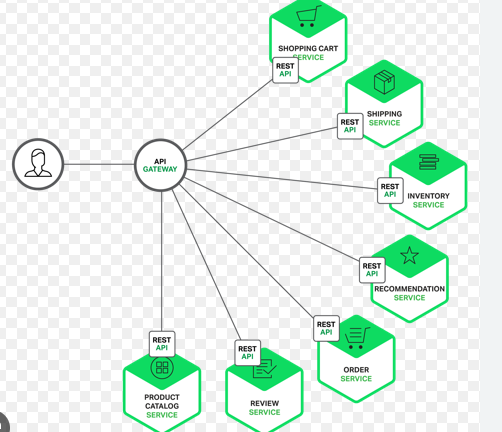job.yaml Practical
- RNREDDY

- Sep 9
- 1 min read

Kubernetes job.yaml Practical Usage Guide
Jobs in Kubernetes are built for tasks that need to run to completion, whether it’s processing a batch of files or running a cleanup script.
While writing a job.yaml gets you started, how you apply, control, and handle failure scenarios defines the real reliability of your batch workloads.
Here are a few ways to make the most of it:
1. Applying and Managing job.yaml
kubectl apply -f job.yaml → Deploy the Job
kubectl delete -f job.yaml → Remove it
kubectl get jobs → View Job status
kubectl describe job <job-name> → Inspect events and pod history
kubectl logs <pod-name> → Debug Job execution
2. Controlling Execution and Retry Behavior
Jobs can spin up multiple pods to finish tasks faster. Use these fields to fine-tune how many run and how failures are handled:
completions → How many successful runs to consider the Job complete
parallelism → How many pods can run at the same time
backoffLimit → How many retries before marking it failed
activeDeadlineSeconds → A timeout to avoid stuck Jobs
This helps balance speed and fault tolerance, especially for batch tasks with flaky dependencies.
3. Handling Edge Cases with podFailurePolicy
Not all failures are equal. Some you want to ignore (like preemption), others should immediately stop everything (like known bad exit codes).
Using podFailurePolicy, you can:
Fail fast on specific container exit codes
Skip handling for disruptions outside your control
This gives you tighter control over how errors influence the overall Job.
4. Using RestartPolicy Intentionally
Always use restartPolicy: Never or OnFailure. Let the Job controller decide retries, not the pod. This avoids unwanted loops.



Comments